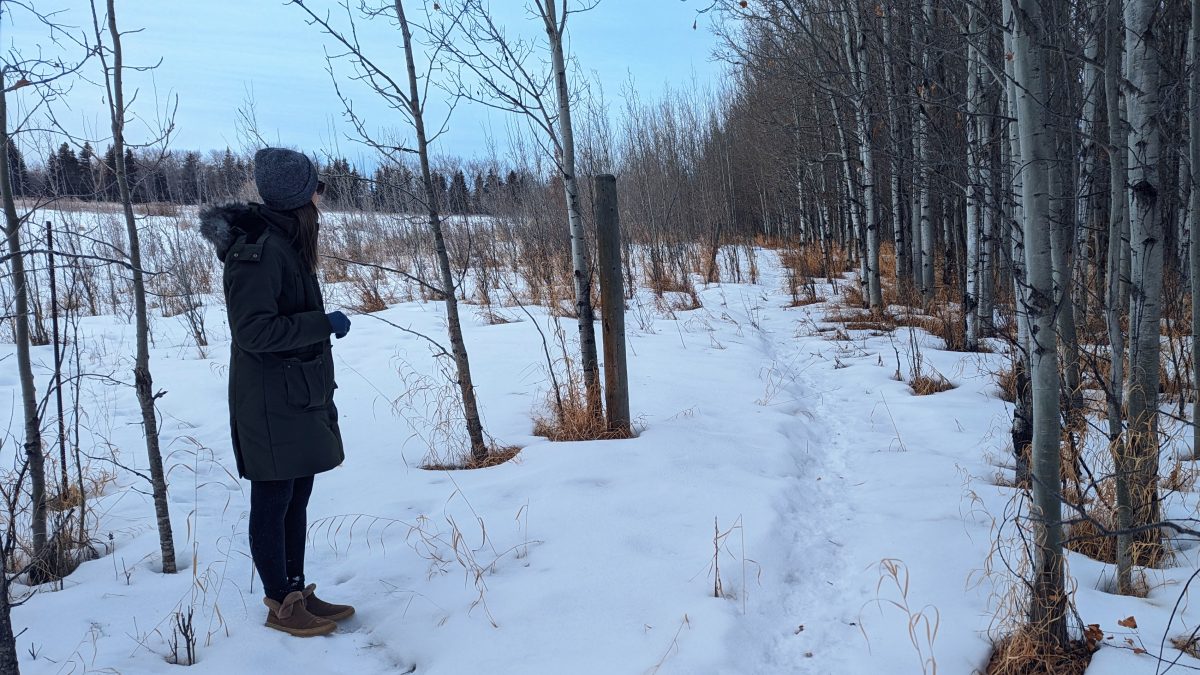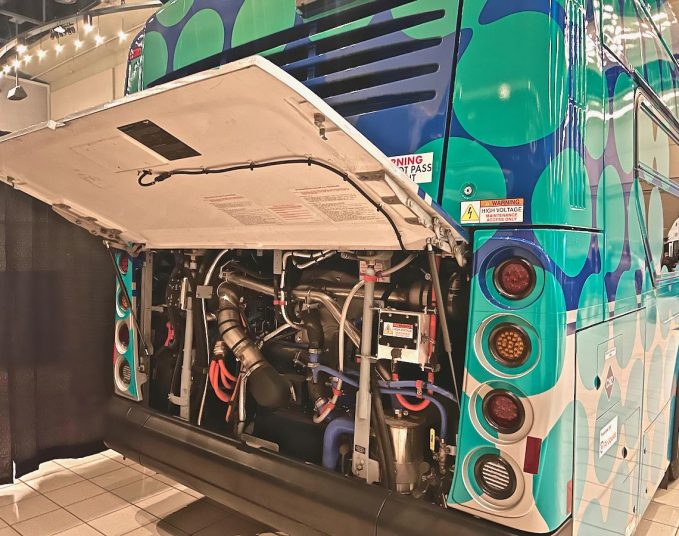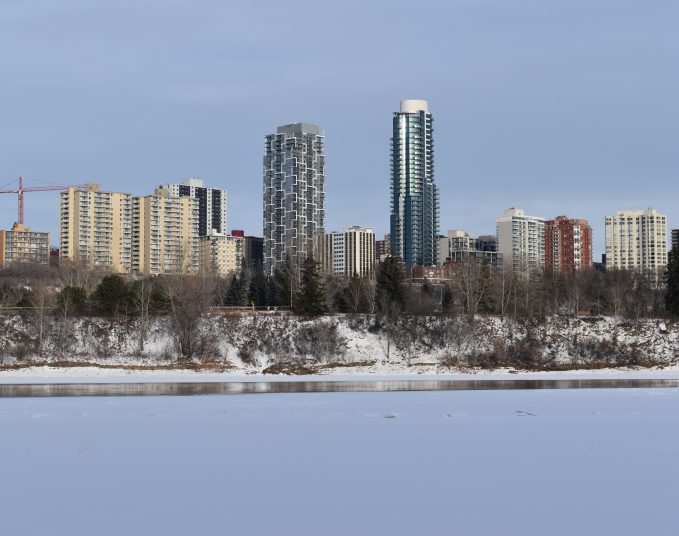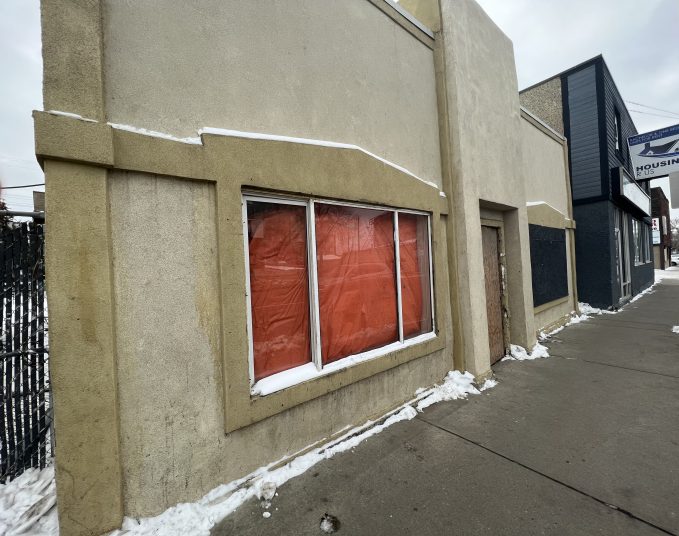In the far southwest corner of Edmonton, where swaths of new single-family homes encroach on fields of wheat and canola, a century-old stand of trees provides an episode for the long-running drama of pavement versus paradise.
Well, not pavement, exactly (a stormwater pond) and not paradise, perhaps, but it’s still pretty nice. And, for reasons that are unclear, it’s threatened by Edmonton’s insatiable need to expand.
The stand of aspen, dogwoods and wild rose bushes makes up about three hectares of a 30-hectare property owned by Darryl Howery, an independent consultant who specializes in municipal financing, and his family. About two-thirds of the land is in the river valley, where Howery rents a house and barns to a small-scale farmer. Up top, he has a shed, a u-pick strawberry field, a few hosted beehives and, at the northern edge, the treestand.
Development is coming closer every year. To the north, across a canola field, you can see the new homes and roads of suburban Edmonton being built by developers like Qualico and Mattamy Homes. To the west, just across 199th Street, Cameron Developments owns about 5o hectares of land.
Cameron has proposed bylaw amendments that would allow the company to develop its land, and that the plan is for a stormwater pond to be built over most of Howery’s treestand. The pond would potentially serve Cameron’s development as well as those of other developers and the City of Edmonton, which has plans to build schools, a rec centre and the staging area for the proposed Big Island Provincial Park in the area.
City council was set to discuss the bylaw amendment in early February, but postponed the item.
Cameron and City administration have told Howery the plan is “conceptual” and subject to change, but he questions the value of proceeding with bylaw amendments if that’s the case. “As a taxpayer, why would the City make a decision that they know is going to have to be revisited and brought back to Council for another decision,” he says. “It’s going to cost developers money, and it’s going to cost the City money. Why not get it right the first time?”
The treestand is about 40 metres wide and runs about 400 metres, from 199th Street to the crest of the North Saskatchewan River Valley, where it spreads out and runs down the slope. A wildlife trail is visible along the stand’s southern edge, running to the fields to the west and to a remaining patch of habitat in Stillwater, just to the north. A neighbour, out walking his dog, says he regularly sees deer, coyotes, porcupine and even the occasional moose using the trail. It’s also home to populations of birds, small mammals and amphibians.
Cameron’s own consultants, Stantec, have consistently found the treestand to be an environmentally significant wildlife corridor, and to be of high ecological value. Stantec recommended that it be retained.
Howery’s daughter, Alicia, points out that the proposal also runs counter to Edmonton’s City Plan and other City-approved planning documents that emphasize the preservation of trees and environmental connectivity. The City of Edmonton declared a climate emergency in 2019. The City’s own estimate is that, to reach its goal of 20 per cent tree-canopy coverage in 50 years, it needs to encourage private landowners to increase their canopy by 70 per cent. “It’s hard to imagine how they’re going to get close to that if they’re not letting landowners who want to preserve and grow their trees to keep what they have,” she says.
For more than a year, the Howerys have shared their concerns with City Administration and Cameron, and had hoped they would be addressed before the proposal got to public hearings. They say they were misled about Stantec’s conclusions, and they had to make an application under the Freedom of Information and Protection of Privacy Act to get the report.
“We didn’t really think we’d end up at a public hearing for this,” says Alicia. “We don’t even think it’s that big of an ask. We’re just asking that they move the stormwater pond a little to the north.”
In a written response, Cameron said it will conduct further environmental and engineering studies at the time of development to determine the exact location of the stormwater pond, but did not respond to questions about why it planned to put it on environmentally significant land that the company does not control.
The Howerys have no plans to develop their property, and, in fact, continue to rewild it. Just last summer, with the help of the Agroforestry & Woodlot Extension Society, they planted more than 1,000 trees. “We don’t need somebody to designate it in some way for us to value it,” says Darryl. “We already value it and will continue to value it.”
Savvy AF. Blunt AF. Edmonton AF.




